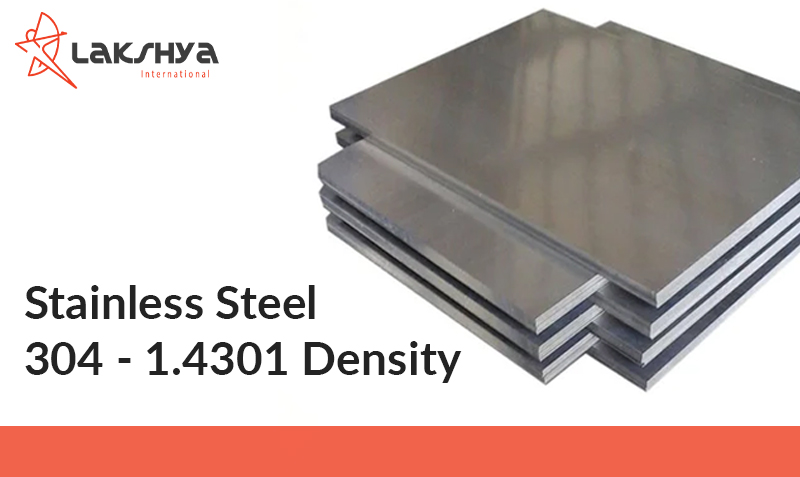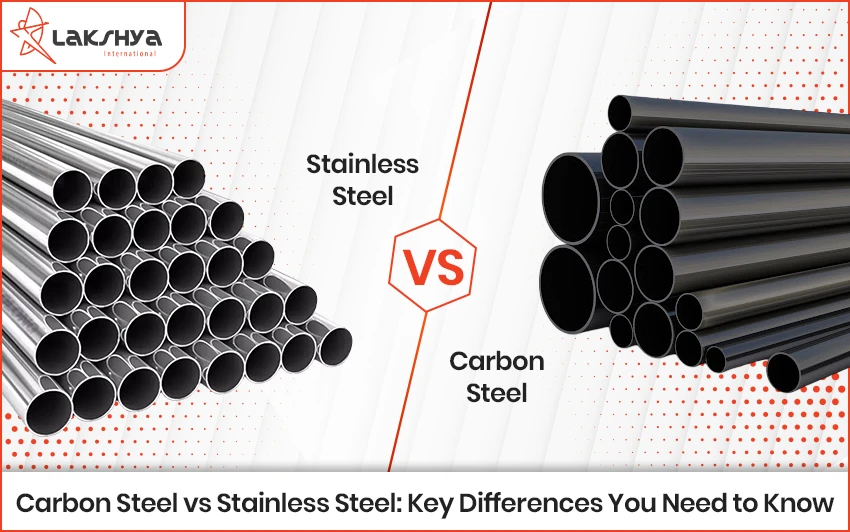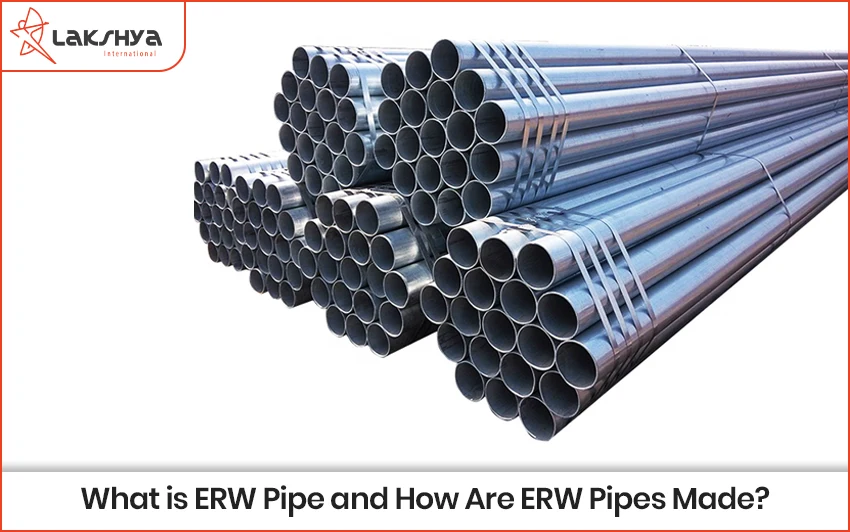Compared to other metals, stainless steel is dense; titanium is about half as dense, and aluminum is about one-third as dense. Among common stainless steels, 304 is slightly less dense than 316 but denser than 430. Stainless steel density ranges from 7,600 to 8,000 kg/m³, depending on composition. Elements like chromium, nickel, and molybdenum contribute to its strength and corrosion resistance.
Stainless steel 304 and 304L, also known as 1.4301 and 1.4307 respectively, are versatile and widely used due to their 18% chromium and 8% nickel composition. Stainless steel 304, known as 18/8, is ideal for sinks and cookware because of its high formability. The low-carbon variant, 304L, offers improved weldability for thicker components. Some products are “dual certified” to meet both 304 and 304L standards. For high-temperature applications, 304H, a high-carbon variant, is used. These grades adhere to ASTM A240/A240M standards.
The density of stainless steel 304 is 7,930 kg/m³ (7.93 g/cm³ or 0.286 lb/in³). Density is calculated by dividing the mass (m) of an object by its volume (V), expressed as ρ = m/V. In summary, 304 stainless steel is versatile and widely used, 304L offers better weldability, and 304H is suitable for high temperatures. The SS 304 density is 7,930 kg/m³, important for selecting the right material for various applications.
Density of 304 Steel
| Stainless Steel | Density (g/cm3) | Density (kg/dm3) | Density (kg/m3) | Density (lb/in3) | Density (lb/ft3) |
| 304 | 7.93 | 7.93 | 7,930 | 0.286 | 495.05 |
Stainless Steel 304 Chemical Compositions
| Element | % Present |
| Carbon (C) | 0.07 |
| Chromium (Cr) | 17.50 – 19.50 |
| Manganese (Mn) | 2.00 |
| Silicon (Si) | 1.00 |
| Phosphorous (P) | 0.045 |
| Sulphur (S) | 0.015b) |
| Nickel (Ni) | 8.00 – 10.50 |
| Nitrogen (N) | 0.10 |
| Iron (Fe) | Balance |
304 Stainless Steel Physical Properties
| Property | Value |
| Density | 8,000 Kg/m3 |
| Melting Point | 1450 °C |
| Thermal Expansion | 17.2 x 10-6 /K |
| Modulus of Elasticity | 193 GPa |
| Thermal Conductivity | 16.2W/m.K |
| Electrical Resistivity | 0.072 x 10-6 Ω .m |
SS 304 Mechanical properties:
| Property | Value |
| Comprehensive Strength | 210 MPa |
| Proof Stress | 210 Min MPa |
| Tensile Strength | 520 – 720 MPa |
| Elongation | 45 Min% |
SS304 Alloy Designations:
Stainless steel grade 1.4301, commonly known as 304, corresponds to various other designations, including S30400, 304S15, 304S16, 304S31, and EN58E.
304 Stainless Steel Corrosion Resistance:
Stainless Steel 304 has excellent corrosion resistance in a variety of situations and when exposed to various corrosive agents. In chloride-rich conditions, however, it may undergo pitting and crevice corrosion. Stress corrosion cracking can also occur at temperatures exceeding 60°C.
304 SS Heat Resistance:
In intermittent service, Stainless Steel 304 demonstrates good resistance to oxidation at temperatures up to 870°C, and it can be used continuously up to 925°C. Nonetheless, extended usage between 425°C and 860°C is not recommended. For applications within this temperature range, it is advisable to use 304L due to its resistance to carbide precipitation. When high strength is required at temperatures ranging from 500°C to 800°C, grade 304H is suggested, as is water corrosion resistance.
304 Stainless Steel Heat Treatment:
Heat treatment cannot be used to harden 304 stainless steel. After heating the material to temperatures ranging from 1010°C to 1120°C, solution treatment or annealing can be conducted by rapidly cooling it.
SS 304 Welding
Type 304 stainless steel exhibits excellent fusion welding performance with or without fillers. Grade 308 stainless steel is the recommended filler for welding 304, while grade 308L is recommended for welding 304L. In cases where heavy welded sections are involved, post-weld annealing may be necessary, though not required for 304L. For applications where post-weld heat treatment is not feasible, grade 321 filler may be used.
How to Calculate Density of SS304 in kg m3?
Calculating the density of stainless steel 304 in kg/m³ involves a straightforward formula: divide the mass of the steel by its volume. For instance, if you have a 15-kilogram piece of stainless steel occupying 2 cubic meters of space, you would calculate the density as:
Density of steel = 15 kg / 2 m³ = 7.5 kg/m³
It’s essential to note that the density of SS304 can be affected by temperature and pressure variations. Generally, as the temperature increases, the density of 304 stainless steel decreases. Conversely, increasing pressure tends to increase its density. During processes like annealing, which occur at specific temperatures, the material’s density may be influenced. Monitoring thermal expansion is also crucial, as temperature changes can impact the material’s density.
Weight and Density of Stainless Steel 304 in kg/mm3, kg/m3 , g/cm3, lb/in3, lb/ft3
The density of stainless steel 304 is 7,930 kg/m³ or 7.93 g/cm³ (equivalent to 0.286 lb/in³). This means that the weight of 304 stainless steel is 7,930 kg per cubic meter.
Density (ρ) is determined by dividing the mass (m) of an object by its volume (V). The formula to calculate density is ρ = m/V. The unit of density in the International System of Units (SI) can be expressed in grams per cubic centimeter (g/cm³), grams per cubic decimeter (kg/dm³), or kilograms per cubic meter (kg/m³).
| Stainless Steel | Density (g/cm3) | Density (kg/m3) | Density (lb/in3) | Density (lb/ft3) |
| 304, 304L, 304N | 7,93 | 7930 | 0.286 | 495.05 |
| 316, 316L, 316N | 8.00 | 7930 | 0.286 | 499.42 |
| 201 | 7,8 | 7800 | 0.280 | 486.94 |
| 202 | 7,8 | 7800 | 0.280 | 486.94 |
| 205 | 7,8 | 7800 | 0.280 | 486.94 |
| 301 | 7.93 | 7930 | 0.286 | 495,05 |
| 302 | 7.93 | 7930 | 0.286 | 495,05 |
| 302B 302Cu | 8.0 | 8000 | 0.290 | 499,42 |
| 303 | 7.93 304 | 7930 | 0.286 | 495.05 |
| 305 | 8,0 | 8000 | 0.290 | 499.42 |
| 308 | 8,0 | 8000 | 0.290 | 499.42 |
| 309 | 7,93 | 7930 | 0.286 | 495.05 |
304 Stainless steel Applications
- Saucepans
- Springs, screws, nuts & bolts
- Sinks & splash backs
- Architectural paneling
- Tubing
- Brewery, food, dairy and pharmaceutical production equipment
- Sanitary ware and troughs
Why do you need to know the density of stainless steel?
To determine the weight of stainless steel, you can use ss304 density and volume. For instance:
Metal manufacturers have the capability to calculate the weight of the metal to be melted by considering the volume of the mold and the ss 304 density of the metal before casting. Similarly, for various stainless steel products like steel wire, steel plate, steel pipe, section steel, and more, their weight can be calculated based on the density of the stainless steel material.
FAQs
What is the weight of 304 stainless steel?
The weight of 304 stainless steel is 7,930 kg per cubic meter (kg/m³).
What is the density of 304 stainless steel in g cm3?
The density of 304 stainless steel is 7.93 g/cm³.
What is the density of 304 stainless steel in g cm3?
The density of steel is approximately 7,850 kg/m³.
How is the weight of SS 304 calculated?
The weight of SS 304 is calculated using the formula: Weight (kg) = Volume (m³) × Density (7,930 kg/m³).




